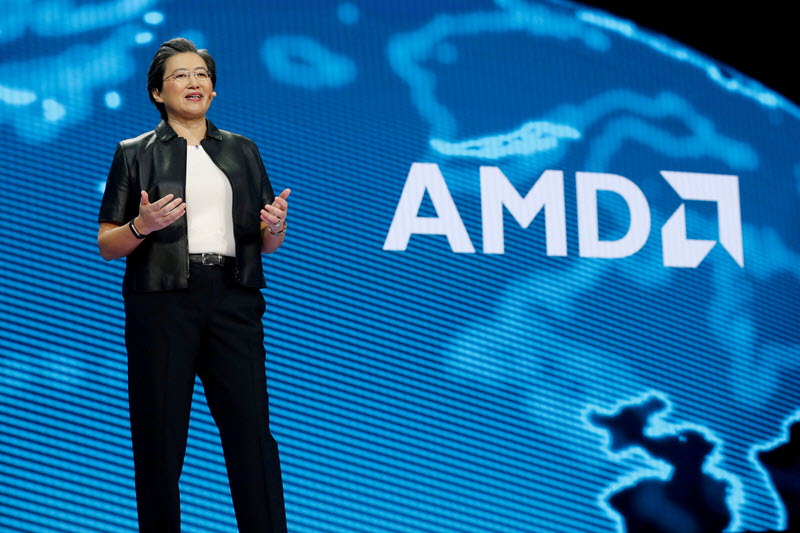AMD CEO Lisa Su Named Time's CEO of the Year
Lisa Su, the CEO of Advanced Micro Devices (AMD (NASDAQ:AMD)), has been named CEO of the Year by Time Magazine, highlighting her transformative leadership over the past decade. When Su took the helm at AMD, the company's stock was trading at around $3, and its presence in the data center chip market was negligible. By thoroughly redesigning AMD's products and enhancing customer relationships, Su capitalized on the artificial intelligence boom, leading to the company's value surpassing that of its historical rival Intel for the first time in 2022. Since then, AMD's stock has risen to around $140.
The fact that Harvard Business School has started to use Su's management of AMD as a case study emphasizes the significance of her successes in reviving the semiconductor firm. Despite these achievements, AMD still ranks second in the semiconductor industry. Nvidia, led by Su's cousin Jensen Huang, has become the most valuable company globally, dominating 95% of the AI data center GPU market in the third quarter of 2024.
In November, AMD announced plans to lay off 4% of its global workforce as part of a restructuring to better focus on AI opportunities. This comes at a time when major tech companies like Microsoft, Meta, and Amazon are developing their own specialty AI chips, potentially reducing their reliance on AMD's products.
AMD's growth faces several external challenges, including advancements in artificial intelligence, the security of Taiwan where most of its best chips are produced, and the potential impact of former President Trump's policies on the industry.
Known for her strategic acumen and demanding leadership style, Su emphasizes the importance of nurturing leaders. Her meticulous approach includes weekend meetings, early morning discussions, and personal involvement in product testing. Technology industry analyst and former AMD executive Patrick Moorhead notes that Su's management style may not suit everyone, but it is effective for those who meet her high standards.
As the AI industry focuses on optimizing inference chips, AMD can leverage its competitive products in terms of speed and energy efficiency. Su is also forming informal alliances with companies like Meta to challenge Nvidia's dominance and promote an open ecosystem in technology development.
Despite the trend of major AI companies designing their own chips, Su views this as an opportunity, pointing out that very few companies are willing to invest as much as AMD's annual $6 billion R&D spending. She envisions a future where tech giants continue to invest in AMD's chips while using their own chips for specific tasks.
Su's long-term vision includes the growth of the specialty AI chip market, which she anticipates could be worth $500 billion by 2028. Even as the second-largest company in this expanding market, AMD is poised to become a significant player. Su underscores the importance of long-term investment and patience in this sector, where progress is measured over years.


